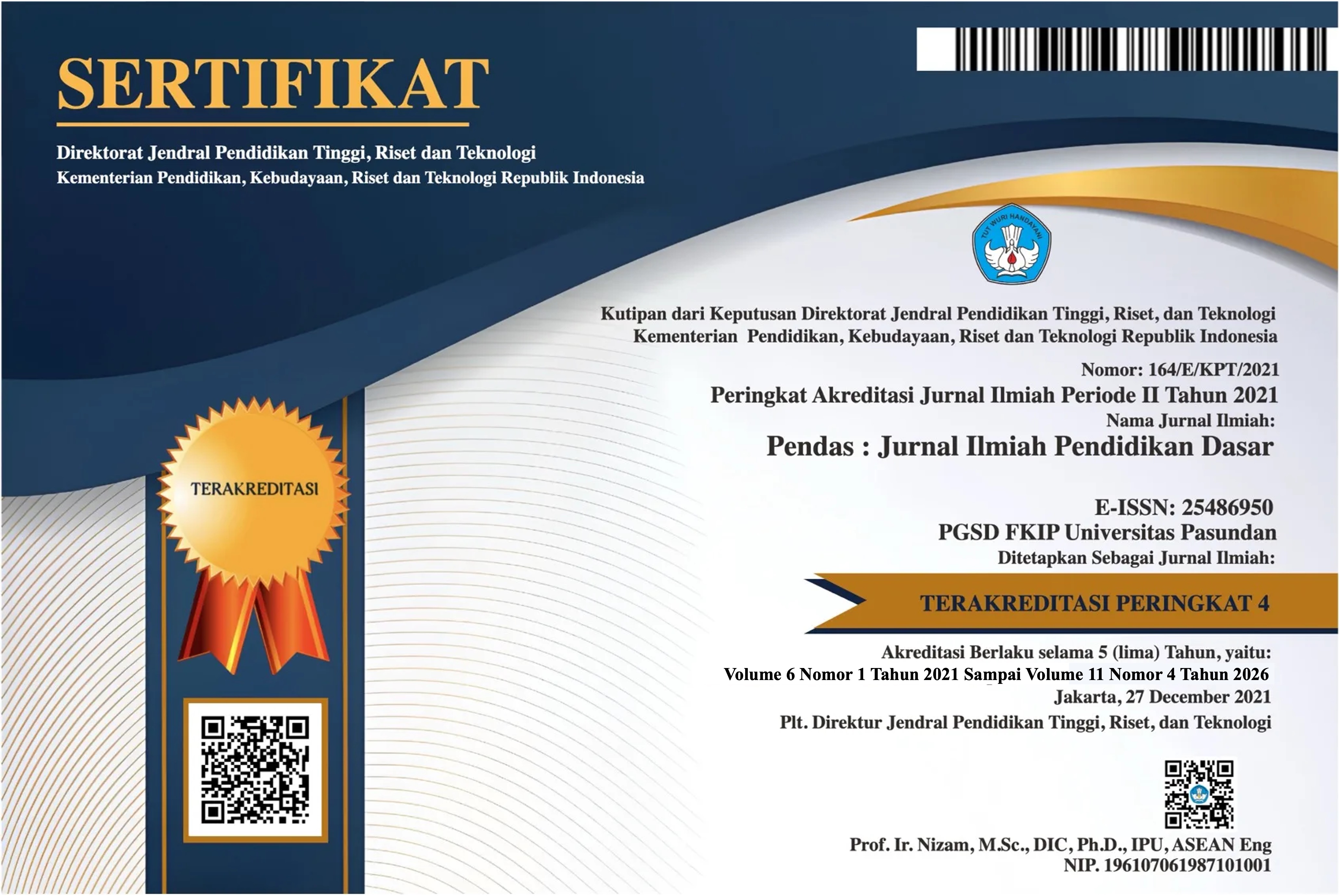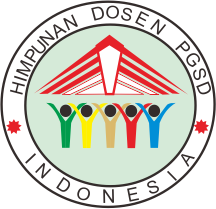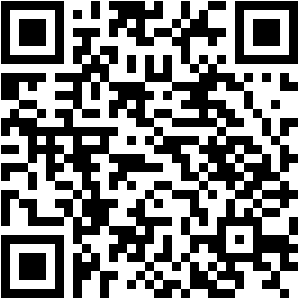ANALISIS HOTSPOT DI KECAMATAN KOTO BARU KABUPATEN DHARMASRAYA
DOI:
https://doi.org/10.23969/jp.v10i04.32143Keywords:
hotspots, forest and land fires, spatial distributionAbstract
This study aims to analyze the spatial distribution of hotspots, identify the factors causing fires, assess mitigation efforts, and assess the impact of hotspot phenomena on the environment and society in Koto Baru District, Dharmasraya Regency in 2024. The method used is descriptive qualitative with field observation approaches, interviews, questionnaires, and spatial data analysis using satellite imagery and ArcGIS software. The results showed that the distribution of the most hotspots was in Nagari Koto Padang (52%), followed by Nagari Koto Baru (30%), Nagari Ampang Kuranji (17%), while Nagari Sialang Gaung had no hotspots (0%). The factors causing fires include physical factors, such as forest residues (twigs and dry leaves), and social factors, such as agricultural residues (straw and husks). Mitigation efforts were carried out through the use of firefighting equipment by the community (75%), technical training for volunteers, improvement of firefighting facilities, and education in vulnerable areas, although still hampered by difficult terrain, limited personnel, and low early reporting. The hotspot phenomenon has resulted in ecosystem damage, biodiversity loss, increased cases of acute respiratory infections (ARI), and disruption to socio-economic activities. These findings underscore the need for strengthened early warning systems, cross-sector coordination, and active community participation to mitigate forest and land fires sustainably.
Downloads
References
Adinugroho, W. C. (2018). Kebakaran hutan dan lahan gambut: Penyebab, dampak, dan strategi penanggulangan. Bogor: Pusat Penelitian dan Pengembangan Hutan.
Almegi, A., Akmal, A., Alifiah, A., Nelvawita, N., & Novita, Y. (2022). Sebaran spasial titik panas (hotspot) berdasarkan penutupan lahan di Kabupaten Pesisir Selatan. Jurnal Geografi Lingkungan Tropik, 6(1), 12–24.
Ananda, F. R., Purnomo, E. P., Fathani, A. T., & Salsabila, L. (2022). Strategi pemerintah daerah dalam mengatasi kebakaran hutan dan lahan di Kabupaten Kotawaringin Barat. Jurnal Ilmu Lingkungan, 20(3), 521–534.
Antomi, Y. (2019). Sebaran daerah rawan kebakaran hutan dan lahan berdasarkan penutup lahan Kabupaten Dharmasraya. Jurnal Geospasial, 8(2), 77–88.
Cahyono, A., dkk. (2014). Kebakaran hutan dan lahan di Indonesia: Karakteristik dan penanggulangan. Jakarta: Kementerian Lingkungan Hidup dan Kehutanan.
Darwiati, R., & Tuheteru, F. D. (2010). Faktor penyebab kebakaran hutan dan lahan di Indonesia. Jurnal Analisis Kebijakan Kehutanan, 7(1), 25–36.
Endrawati, S. H., & Yusnita, F. (2015). Analisis data titik panas (hotspot) dan area kebakaran hutan dan lahan. Jurnal Penelitian Hutan dan Konservasi Alam, 12(3), 235–245.
Hatta, M. (2008). Dampak kebakaran hutan dan lahan terhadap ekosistem dan organisme tanah. Jurnal Kehutanan Tropika Humida, 1(2), 34–42.
Nurkholis, dkk. (2016). Kebakaran hutan dan lahan: Analisis penyebab dan upaya penanggulangan. Jakarta: BPBD Nasional.
Purnomo, H., Shantiko, B., Sitorus, S., Gunawan, H., & Prasetyo, L. B. (2017). Reducing forest and land fires through good palm oil value chain governance. Forest Policy and Economics, 78, 1–10.
Rasyid, M. (2014). Faktor iklim dan aktivitas manusia sebagai penyebab kebakaran hutan dan lahan. Jurnal Sains Lingkungan, 6(1), 45–56.
Saharjo, B. H. (2017). Dampak kebakaran hutan dan lahan terhadap lingkungan dan strategi pencegahannya. Jurnal Silvikultur Tropika, 8(2), 104–112.
Sugiyono. (2022). Metode penelitian kuantitatif, kualitatif, dan R&D. Bandung: Alfabeta.
Usman, R. (2015). Pemanfaatan data hotspot untuk sistem peringatan dini kebakaran hutan dan lahan. Jurnal Geospasial, 4(1), 15–25.
Yuningsih, E. (2015). Partisipasi masyarakat dalam pencegahan kebakaran hutan. Jurnal Penyuluhan Kehutanan, 9(1), 65–73.
Downloads
Published
Issue
Section
License
Copyright (c) 2025 Pendas : Jurnal Ilmiah Pendidikan Dasar

This work is licensed under a Creative Commons Attribution 4.0 International License.


















